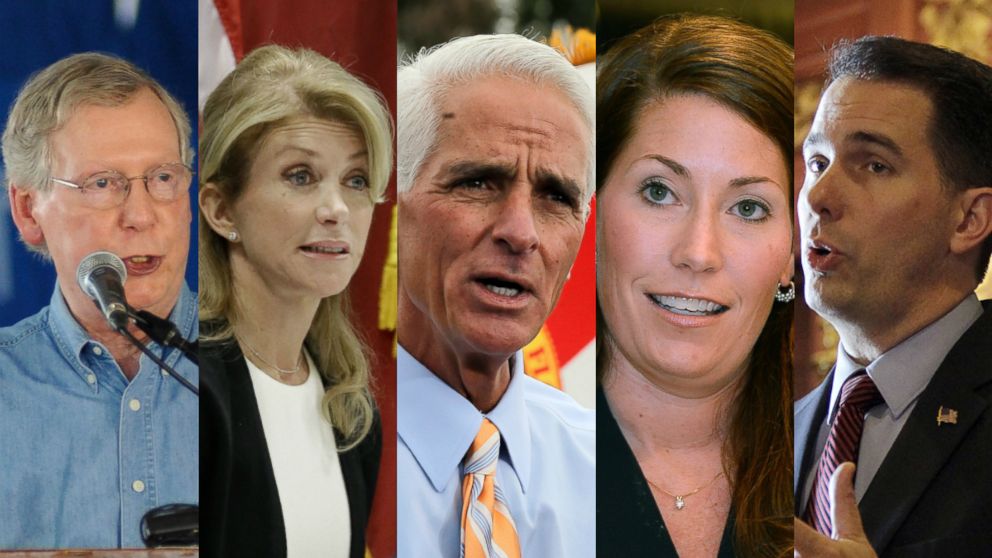- Log in to post comments
Nov 5, 2014 - Midterm elections in the United States refer to general elections in the United States that are held two years after the quadrennial (four-year) elections for the President of the United States (i.e. near the midpoint of the four-year presidential term). Federal offices that are up for election during the midterms are members of the United States Congress, including all 435 seats in the United States House of Representatives, and the full terms for 33 or 34 of the 100 seats in the United States Senate. In addition, 34 of the 50 U.S. states elect their governors to four-year terms during midterm elections, while Vermont and New Hampshire elect governors to two-year terms in both midterm and presidential elections. Thus, 36 governors are elected during midterm elections. Many states also elect officers to their state legislatures in midterm years. There are also elections held at the municipal level. On the ballot are many mayors, other local public offices, and a wide variety of citizen initiatives. Special elections are often held in conjunction with regular elections, so additional Senators, governors and other local officials may be elected to partial terms. Midterm elections usually generate lower voter turnout than presidential elections. Only about 40 percent of those eligible to vote actually go to the polls in midterm elections. More...





